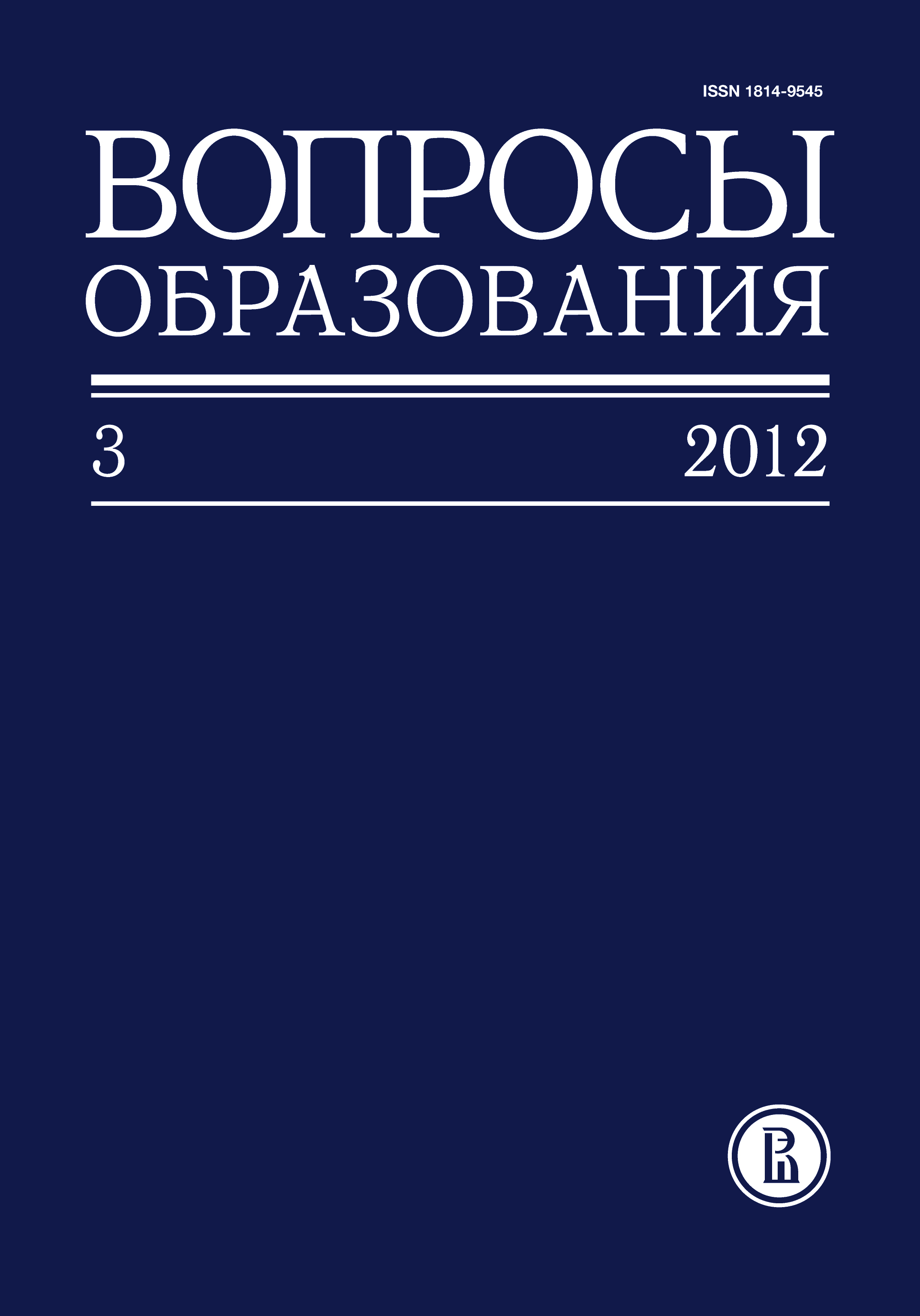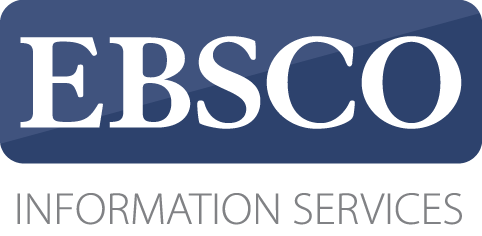Financial trends in higher education: The United States
Abstract
Roger L. Geiger, Professor at the Center for the Study of Higher Education, The Pennsylvania State University, PA, United States. Email: rlg9@psu.edu Address: 400 Rackley Building University Park, PA 16802, United States.
Donald E. Heller, Director at the Center for the Study of Higher Education, The Pennsylvania State University, PA, United States. Email: dheller@psu.edu Address: 400 Rackley Building University Park, PA 16802, United States.
Developments in the financing of American higher education are viewed through the lens of macro-trends since 1990 in the era of privatization. For institutions in both sectors, private and public, privatization has meant increased exposure to market forces. Data on changes during this period are presented.
The basic trends in enrollments, revenues and expenditures in institutions of higher education are described. The steady growth in real tuition prices has shifted the financing of higher education from state support to students and their families. This trend would not have been possible without the substantial growth in student financial aid, especially federal student loans. The system of student financial aid is now fundamental to the financing of higher education in the United States. However, its impact and utilization has been different in the private, non-profit sector, in the public sector, and in the private, for-profit sector. In both public and private colleges and universities, expenditures on academic and institutional support outpaced spending on instruction. The authors describe the pressure for ever-more spending among the country’s wealthiest universities, enlargement of the market for selective institutions, and rise of the for-profit sector of higher education. They argue that privatization has assumed quite different dynamics in funding and shaping academic research.
The impact of the current economic downturn on the public and private sectors of higher education is discussed.









